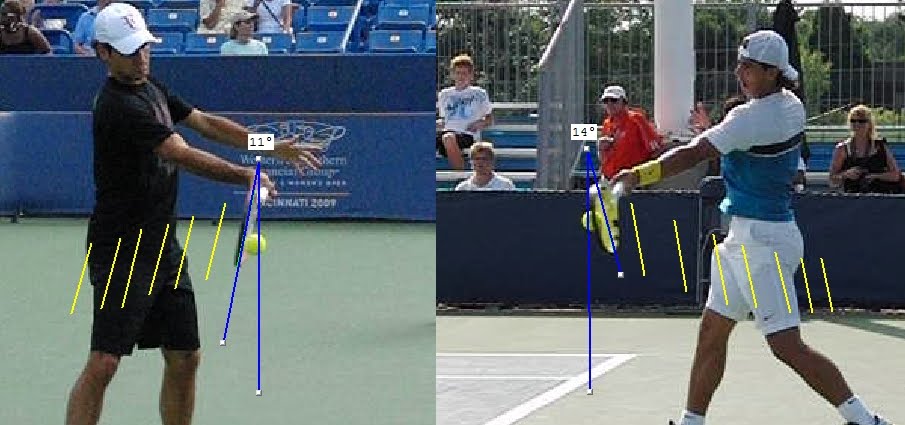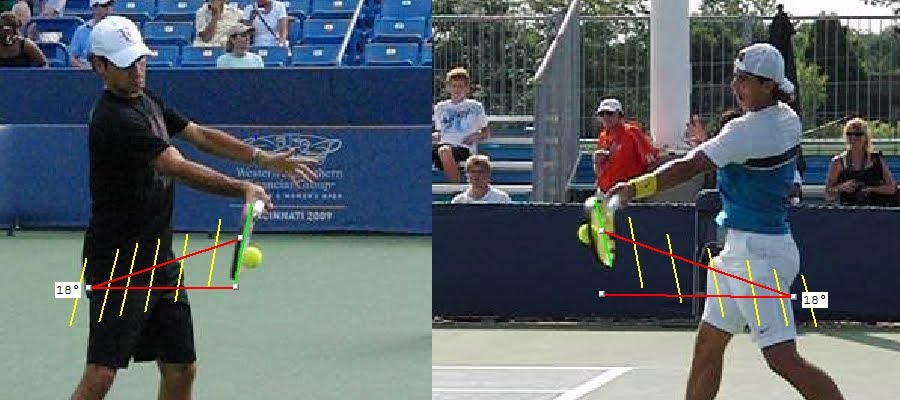johnchung907
Rookie
Hello,
Fellow tennis players,
Just curious to the other eastern forehanders out there. Can you provide a significant amount of topspin? Okay I'm young and most people hit with a semi-western. But I can't hit with the semi-western because if I do my wrist will start hurting over a period of time. My forehand is a pretty good shot with consistency. I do feel like though that my forehand is mostly flat and needs a tad bit more topspin. Any advice? As I mentioned before I can only use eastern for the sake of my wrist.
Fellow tennis players,
Just curious to the other eastern forehanders out there. Can you provide a significant amount of topspin? Okay I'm young and most people hit with a semi-western. But I can't hit with the semi-western because if I do my wrist will start hurting over a period of time. My forehand is a pretty good shot with consistency. I do feel like though that my forehand is mostly flat and needs a tad bit more topspin. Any advice? As I mentioned before I can only use eastern for the sake of my wrist.


